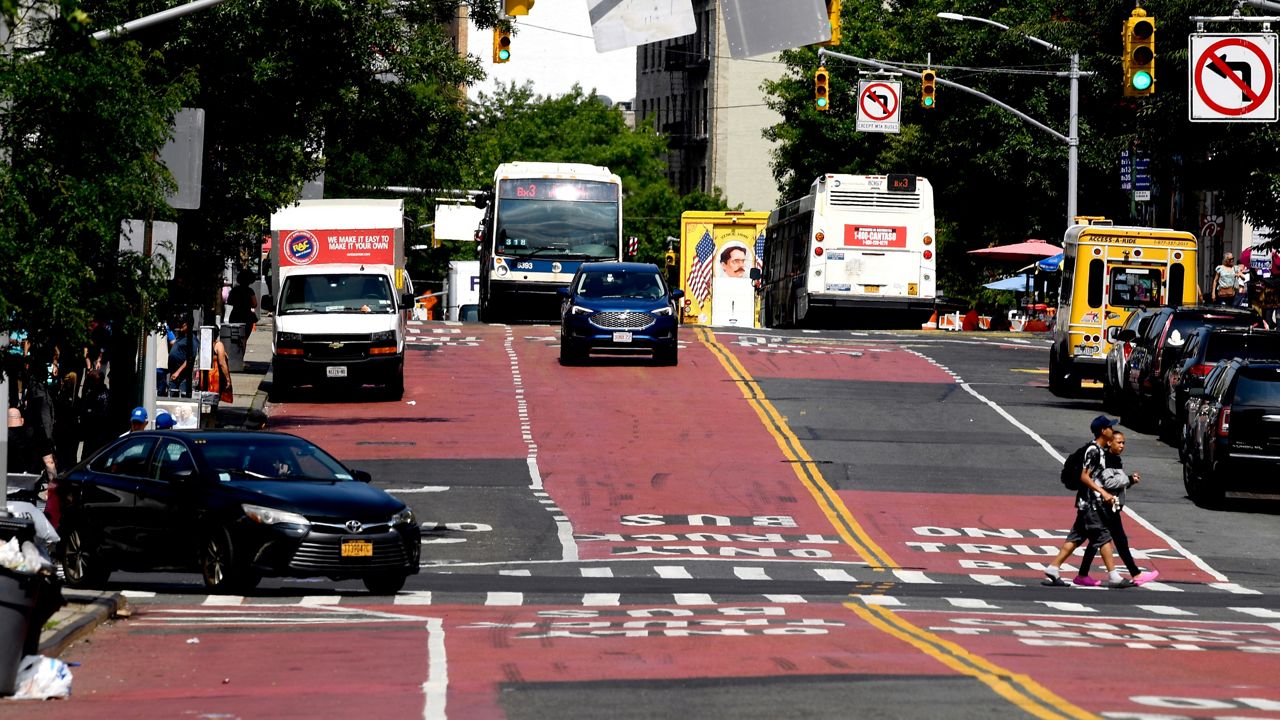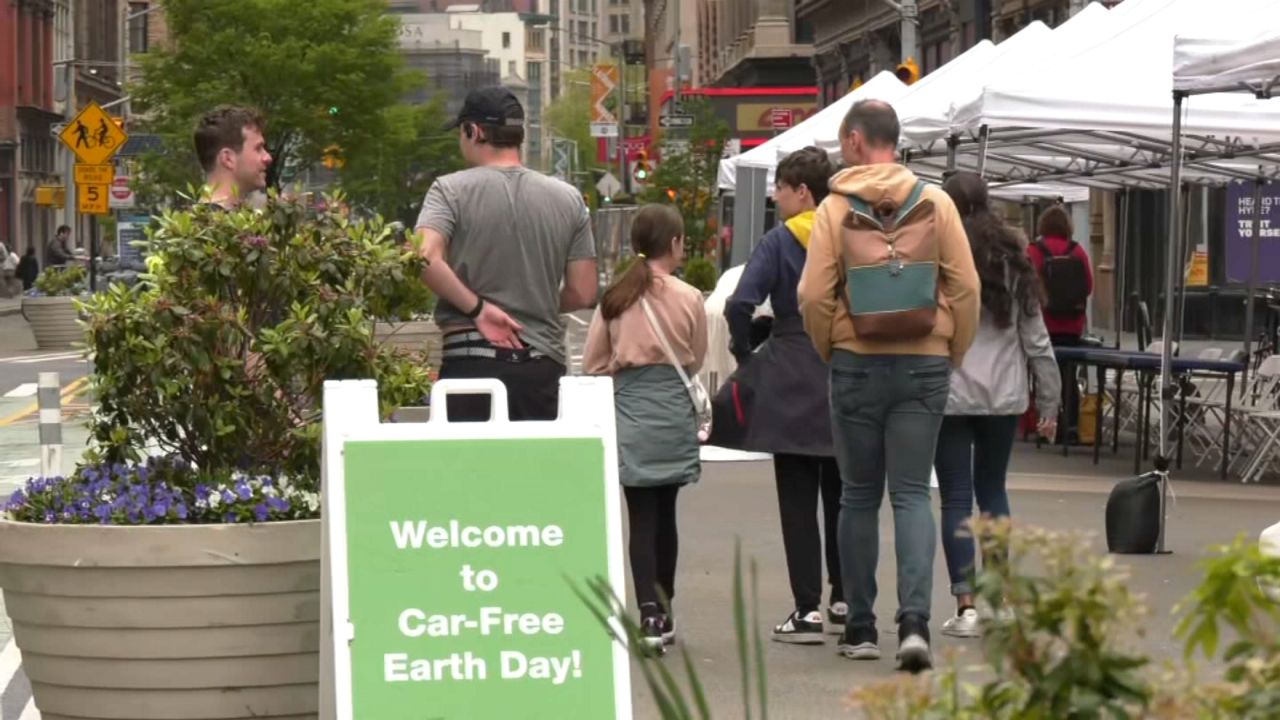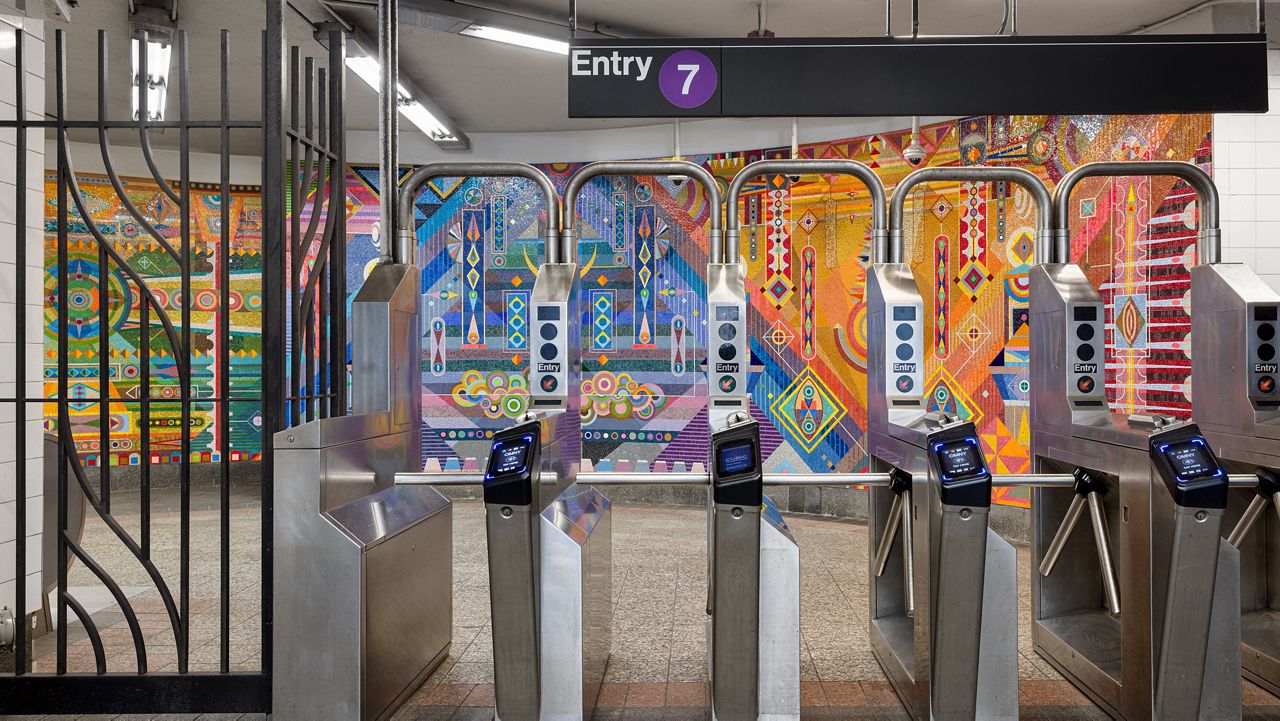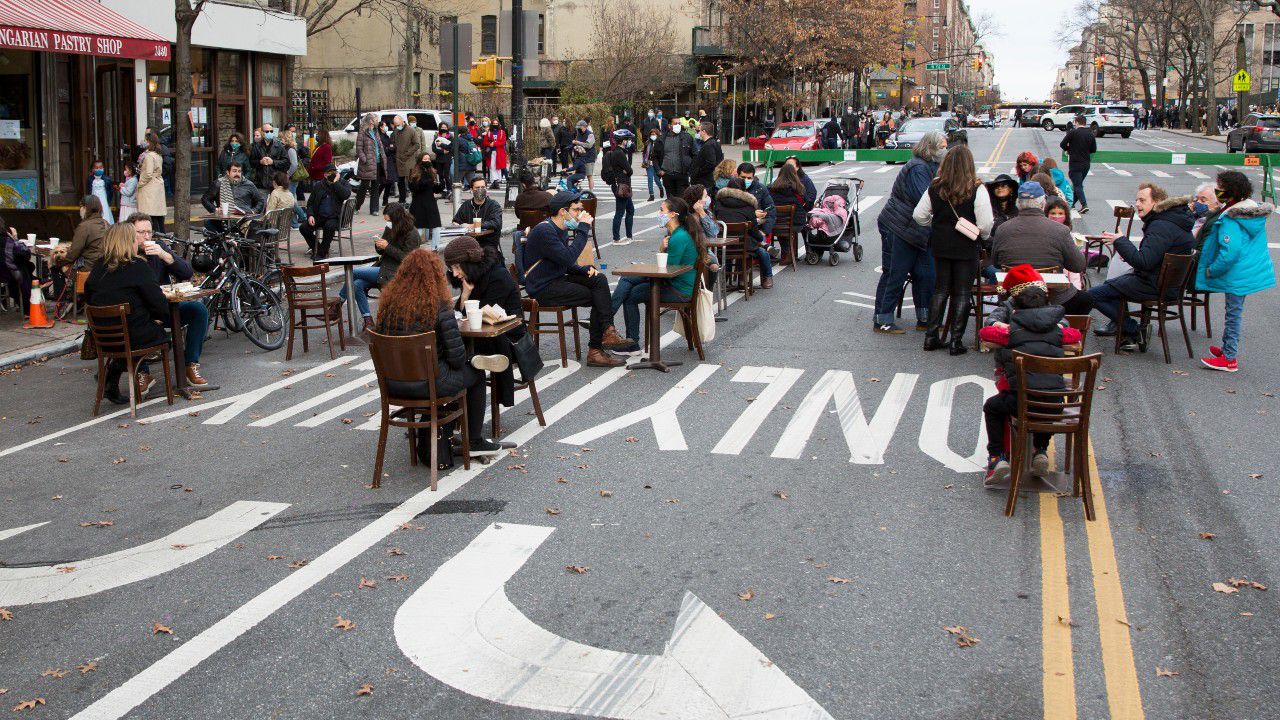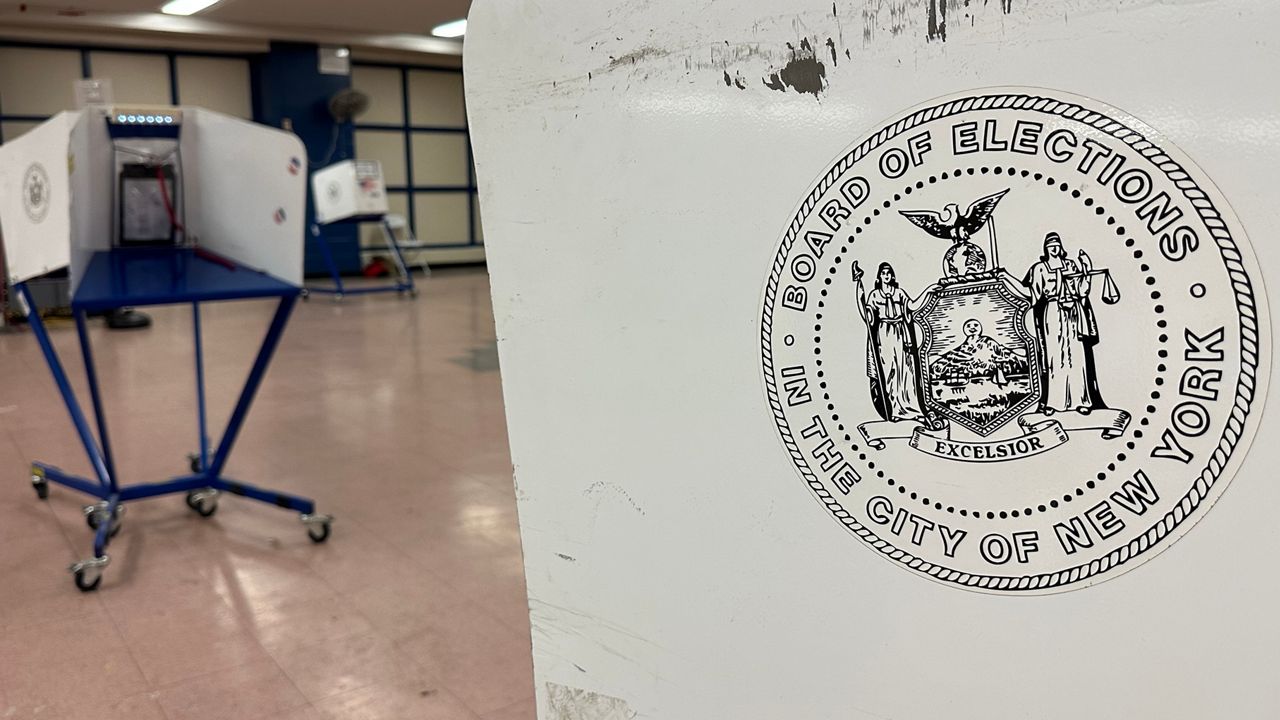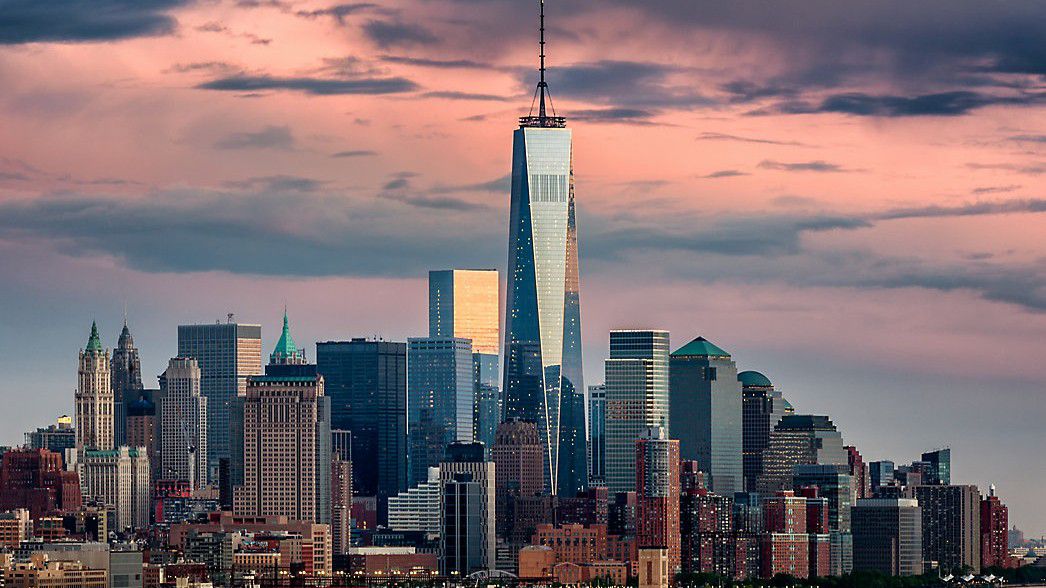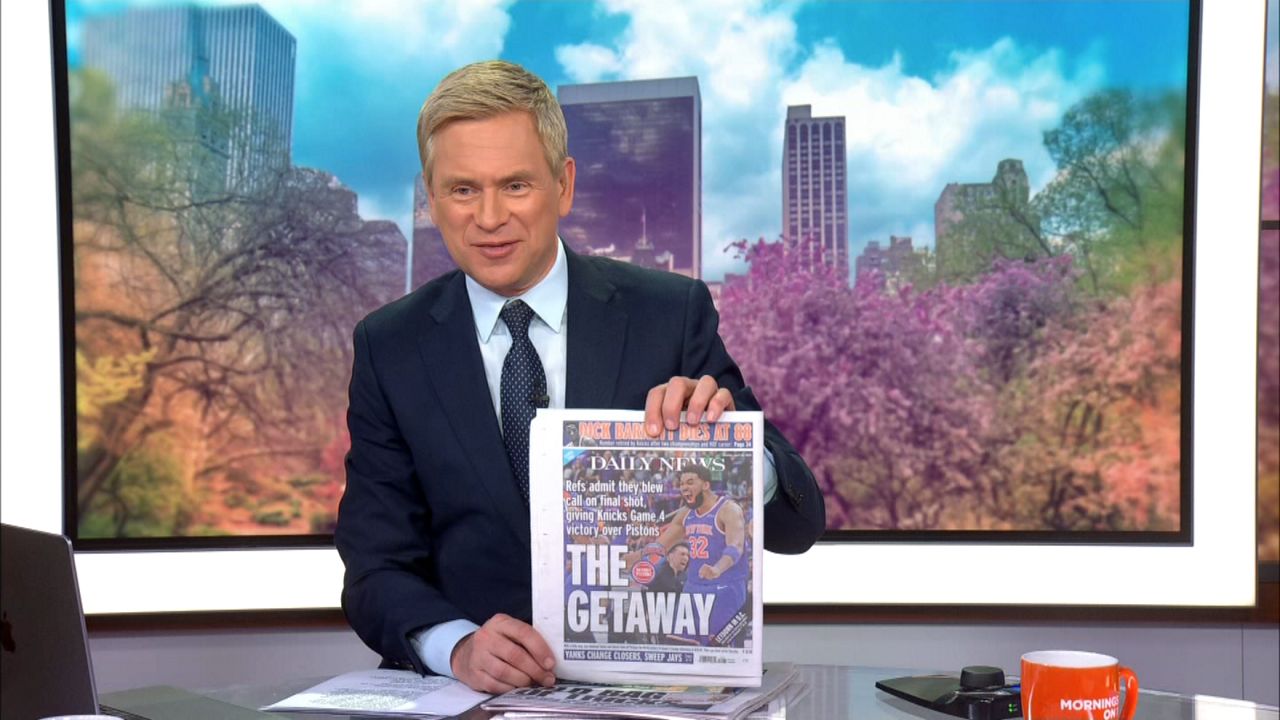“It is probably one of the most annoying things to do in the world. Only because a lot of the elevators are not functioning or they’re so far apart you have to take a train to a bus to a train to get to where you need to go,” said Stefan Henry, advocate and engineer.
Stefan Henry says that when you are in a wheelchair, taking the subway in the city is not easy.
But the transit advocate says he's encouraged now that the MTA announced nearly all of the 70 stations that will receive elevator upgrades and other improvements to comply with the Americans with Disabilities Act.
“Quite frankly and simply put, I want this to be the most accessible transit system in the world,” said Andy Byford, MTA President.
48 of the stations previously had been named. On Thursday, the MTA identified 20 additional stops that will get elevators. Together, the projects will cost $5.2 billion.
"These new ADA stations are a massive step forward in meeting our goal that no rider, within five years, will be no more than 2 stops away from an accessible station,” Byford said.
Less than a quarter of the antiquated system's 472 stations are now fully accessible. That's created enormous legal and political pressure on the MTA to make the upgrades. The stations getting elevators include some of the busier stops in the system. Including Van Cortlandt Park-242 Street in the Bronx, Woodhaven Boulevard in Queens, 42nd Street-Bryant Park in Manhattan, and Hoyt-Schermerhorn Street and Broadway Junction in Brooklyn.
"The buses are good in the area, but the trains are difficult. Now they announced they’re going to put one in Broadway junction. It’s going to be easier for me to navigate the city,” said Gabriel Antoine.
The accessibility work will be funded under the MTA's more than $50 billion capital plan for 2020 through 2024, but the agency still has not secured all the financing it is needs from the city and Washington.
The MTA plans to make all of its stations accessible by 2034. And even riders who don’t have disabilities think that’s a good idea.
“As a commuter, it’s always a fortunate thought to know that my disabled neighbors are covered, underground,” said one woman.




